When the world as we know it comes to an end, survival becomes the ultimate test of resourcefulness and resilience. In a post-apocalyptic scenario, the comforts of modern life vanish, leaving only those who are prepared with the right essentials. From clean water to protection and communication tools, every item you carry could determine your chances of staying alive. This list highlights ten critical survival items recommended by experts for enduring extreme conditions. Whether it’s surviving a natural disaster, global crisis, or societal collapse, these essentials ensure you stay safe, hydrated, and capable of rebuilding your daily life.
1. Water Filtration System

Access to clean water is the most crucial element for survival. In a post-apocalyptic world, natural water sources can become contaminated or scarce. A portable water filtration system allows you to purify water from rivers, lakes, or even puddles, making it safe for drinking and cooking. These filters remove bacteria, parasites, and debris, preventing dehydration and waterborne diseases. Compact and easy to carry, water filtration devices or purification tablets are lifesavers in uncertain environments. Staying hydrated ensures your body functions efficiently and maintains your focus when faced with survival challenges.
2. Non-Perishable Food Supply
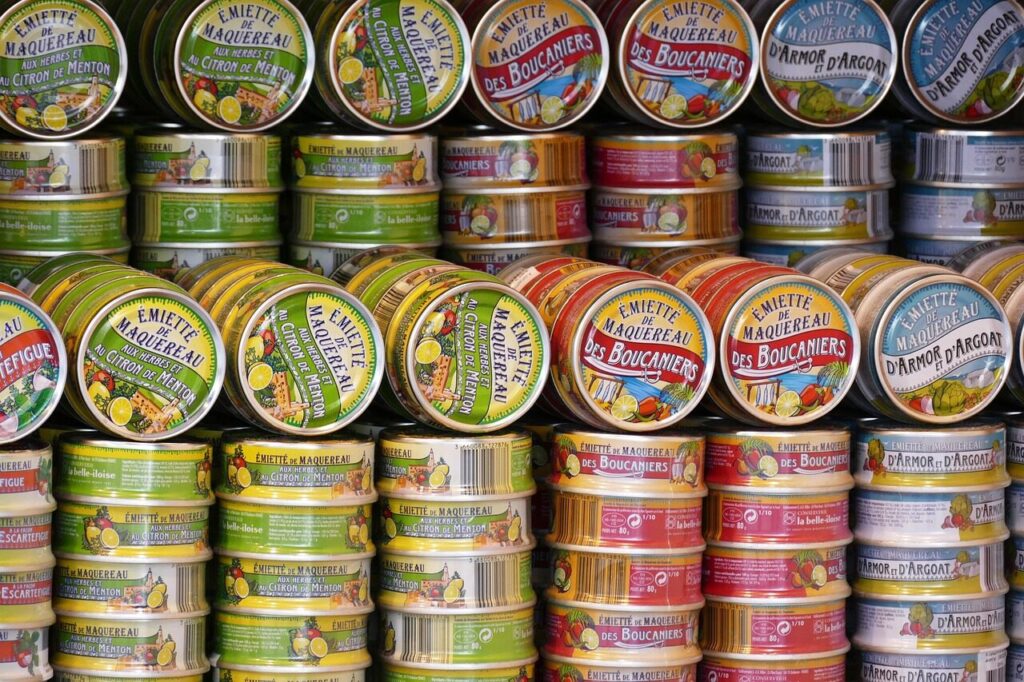
When grocery stores and supply chains fail, a stockpile of non-perishable food can keep you nourished for months. Items such as canned goods, protein bars, dried fruits, and freeze-dried meals are lightweight and have long shelf lives. Choose foods high in protein and calories to sustain energy during physically demanding days. Properly stored food not only provides nutrition but also comfort in stressful times. Having a portable stove or fire-starting tool can make meal preparation easier. A balanced food supply ensures both physical endurance and emotional stability when facing long-term survival situations.
3. First Aid Kit
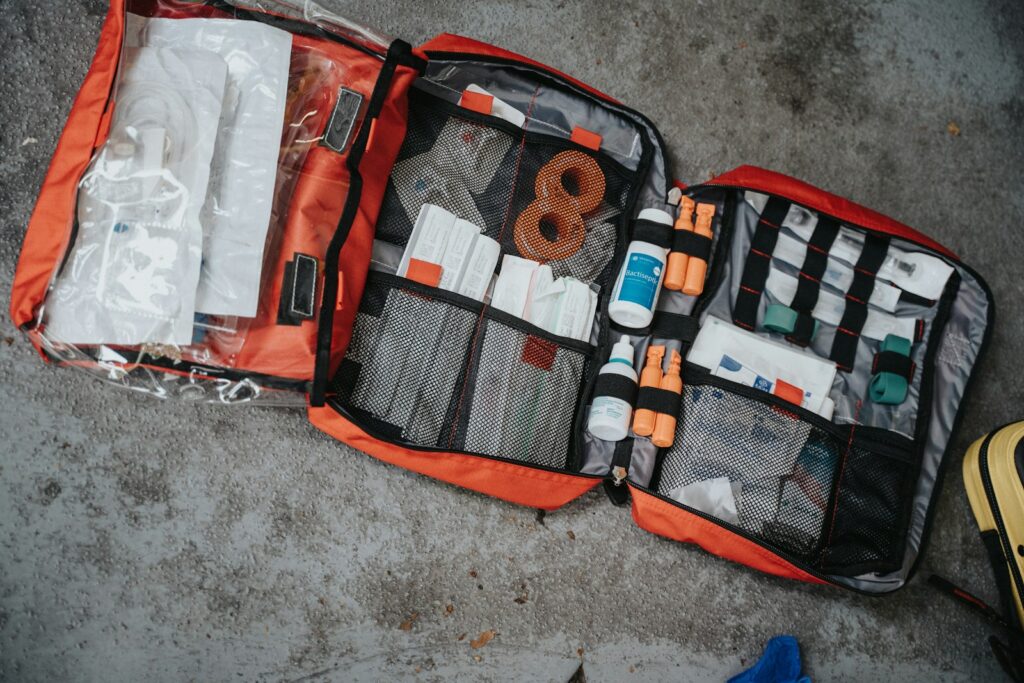
Injuries and illnesses become far more dangerous without access to medical care. A comprehensive first aid kit should include antiseptics, bandages, pain relievers, antibiotics, and medical tools such as tweezers and scissors. Knowing basic first aid can mean the difference between recovery and infection. Include any personal medications and supplies for long-term health conditions. Keeping your kit organized and waterproof is essential for easy access during emergencies. With proper medical preparation, you can manage injuries and prevent complications, giving you a better chance of surviving in unstable environments.
4. Multi-Tool and Knife
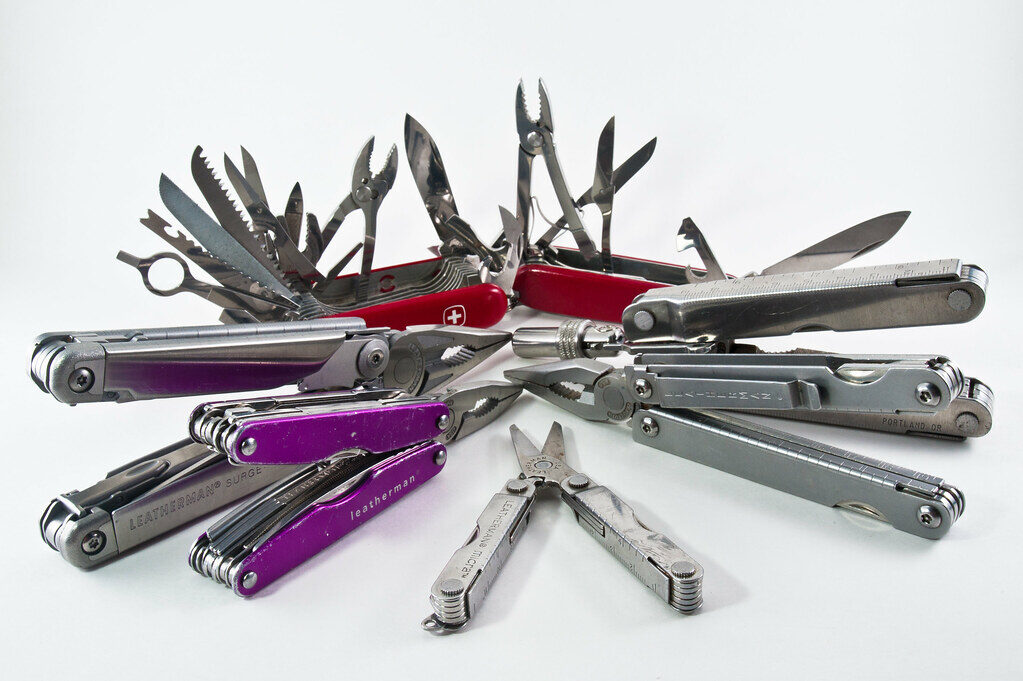
A reliable multi-tool or knife serves as one of the most versatile items in any survival kit. It can help you cut rope, prepare food, open containers, and even build shelter. Quality blades are designed to endure tough conditions without dulling quickly. A multi-tool often includes pliers, screwdrivers, and can openers, reducing the need to carry multiple tools. Regular maintenance ensures it stays sharp and functional. In survival situations, adaptability is key, and a durable knife or multi-tool empowers you to tackle a wide range of tasks efficiently and safely.
5. Fire-Starting Equipment
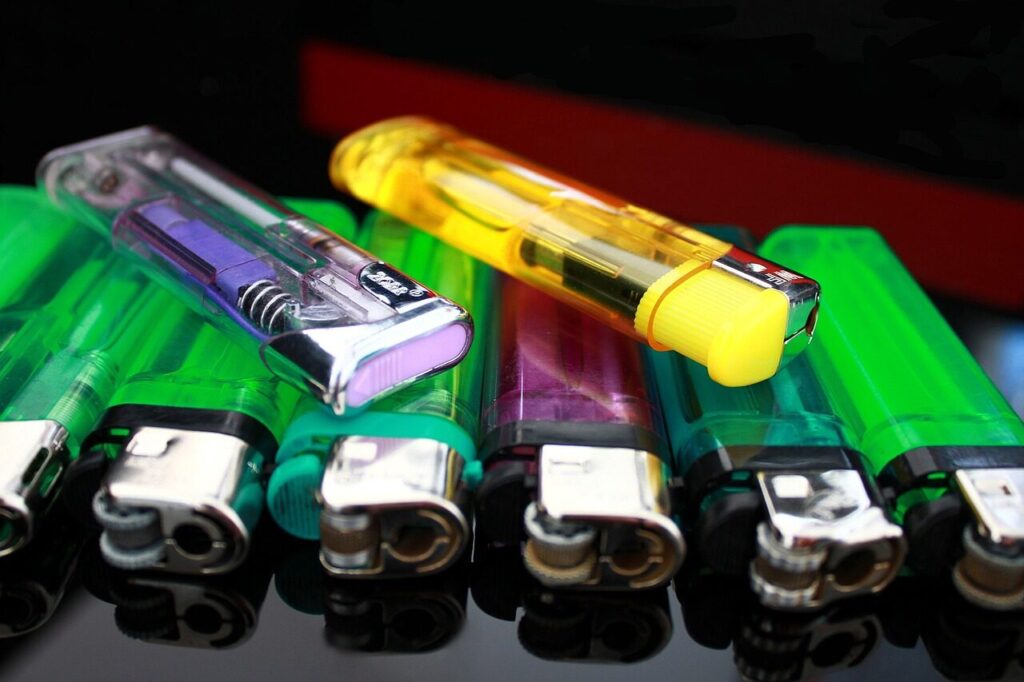
Fire provides warmth, light, and the ability to cook and sterilize water. In survival conditions, carrying waterproof matches, a lighter, or a ferro rod ensures you can make fire even in harsh weather. Learning how to build and maintain a fire safely is a vital skill. Fire also offers psychological comfort, creating a sense of security and hope. Keeping extra tinder or dry fuel in a sealed container can make starting fires faster. Whether for cooking, signaling for help, or staying warm, reliable fire-starting gear is essential for survival.
6. Sturdy Shelter and Sleeping Gear

A durable tent or tarp provides critical protection from harsh elements such as rain, wind, or extreme temperatures. Combined with a thermal sleeping bag, it helps maintain body heat and reduces the risk of hypothermia. Shelter also offers privacy and rest, both vital for mental well-being. Lightweight, compact shelters are ideal for mobility. Look for waterproof and tear-resistant materials to withstand unpredictable environments. Sleeping gear that insulates from cold ground and moisture is invaluable for maintaining strength. In post-apocalyptic conditions, proper rest is as important as food and water for survival.
7. Protective Clothing and Footwear
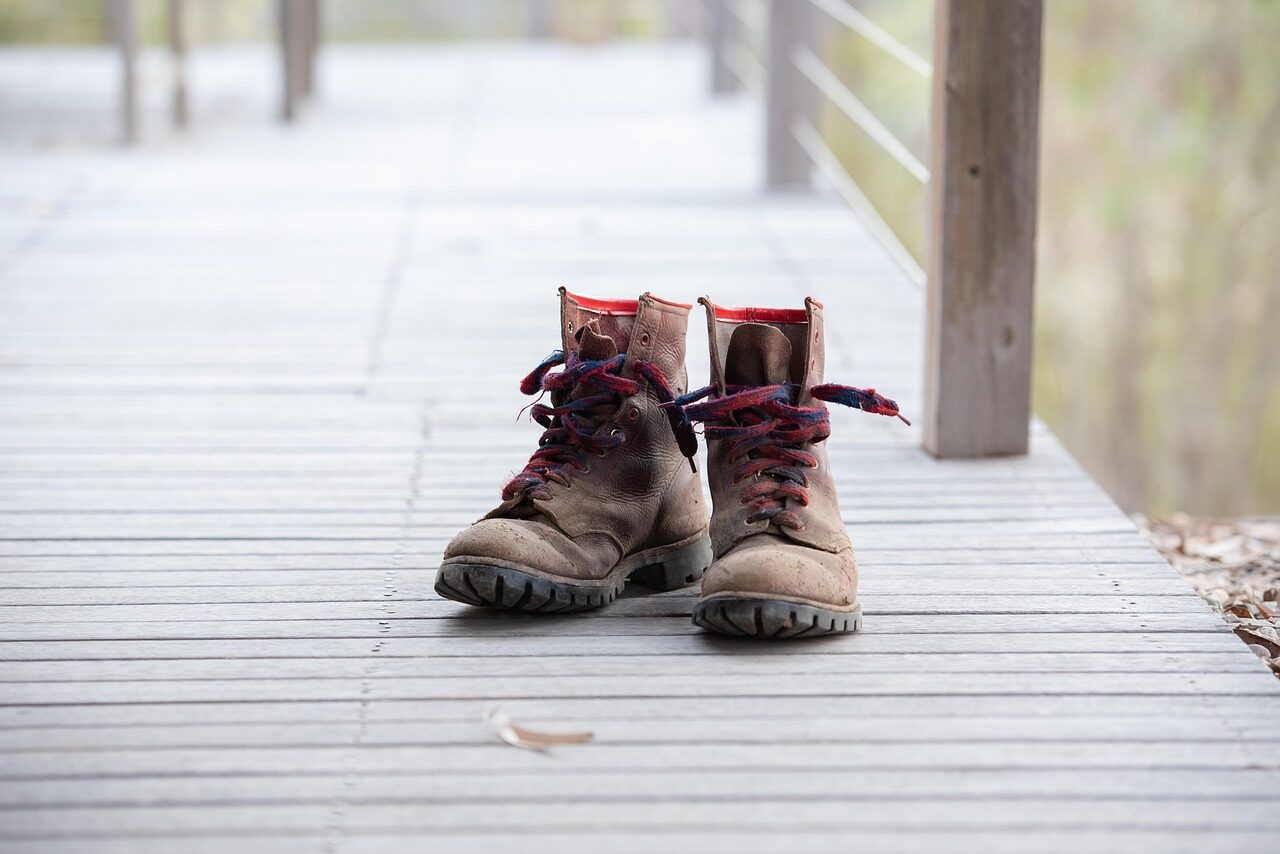
Wearing appropriate clothing can determine how well you withstand harsh conditions. Layered clothing made of moisture-wicking and insulating materials keeps you comfortable in varying climates. Durable boots with good traction protect your feet from injuries and rough terrain. A wide-brim hat, gloves, and a waterproof jacket shield you from sun exposure, cold, and rain. Always prioritize practicality and mobility over fashion. High-quality protective gear also minimizes fatigue, allowing you to move freely and adapt to challenges. Proper clothing serves as your first line of defense against nature’s unpredictable elements.
8. Navigation Tools

When technology fails, traditional navigation tools become indispensable. A map and compass allow you to plan routes and avoid getting lost in unfamiliar areas. While GPS devices are useful, they rely on power sources that may not last. Learning how to read topographic maps and use a compass ensures independence from modern technology. Marking your path helps conserve energy and avoid dangerous zones. Good navigation can also lead you to safer areas, food sources, or rescue points. In a world without direction, knowing where you are can mean survival.
9. Communication Devices
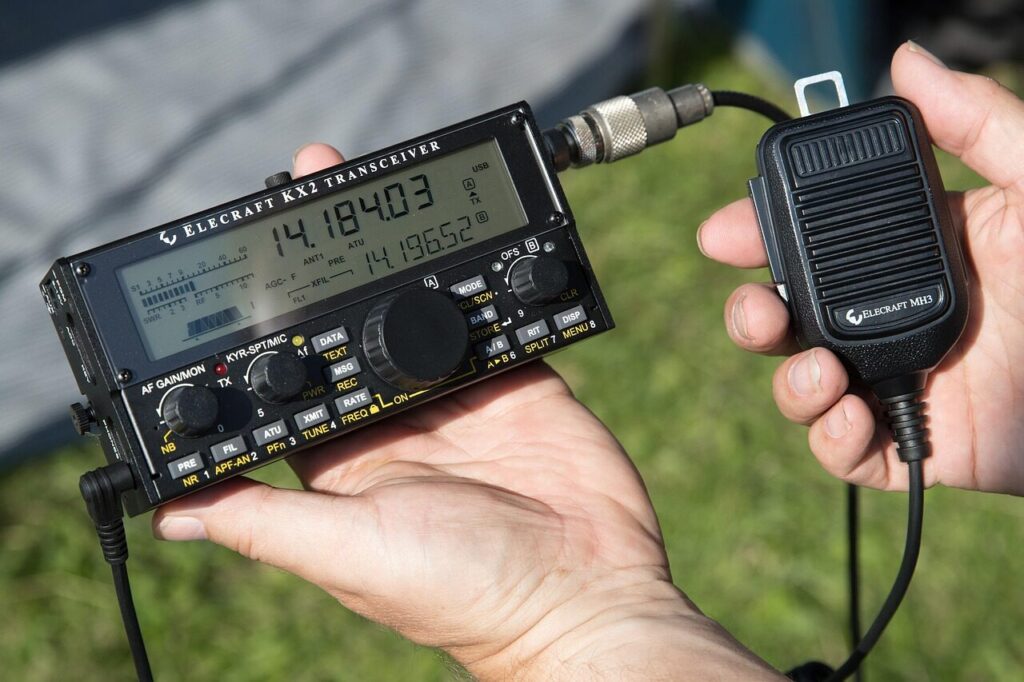
Maintaining communication can be a lifeline when separated from others. A hand-crank or solar-powered radio allows you to receive emergency broadcasts and updates about weather or rescue missions. Two-way radios or signal mirrors can also help you reach others in your group. Communication boosts morale and prevents isolation. When building your survival kit, include extra batteries or a solar charger to keep devices operational. Staying connected keeps you informed, coordinated, and hopeful, even when traditional communication networks fail. It is a vital element of long-term survival and safety.
10. Self-Defense Tools
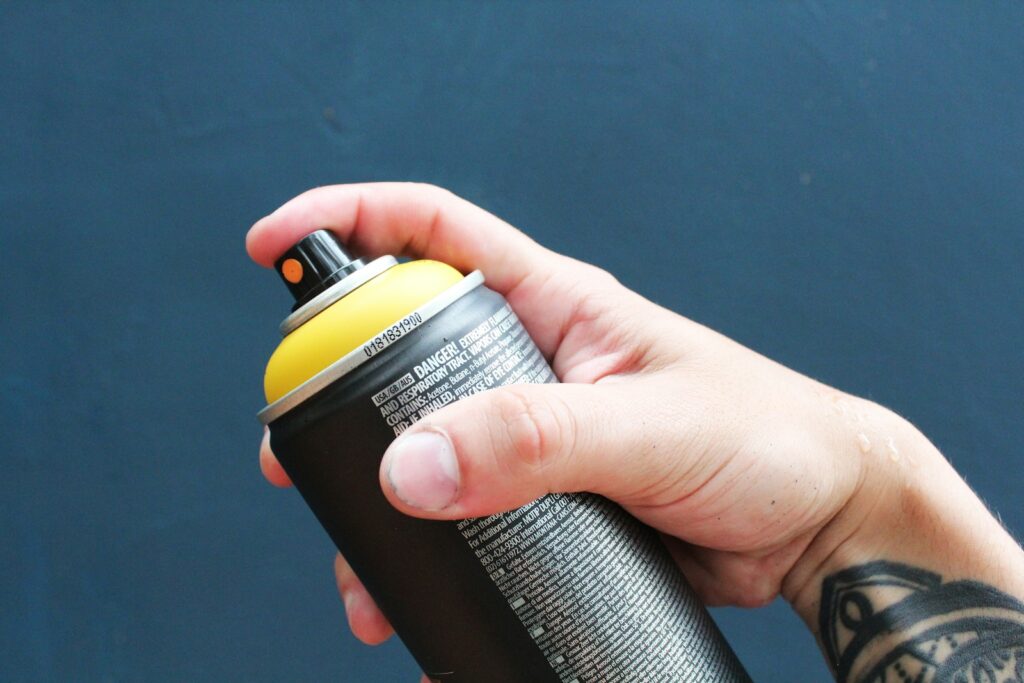
In a post-apocalyptic world, threats can come from both humans and wild animals. Self-defense tools like pepper spray, tactical flashlights, or non-lethal weapons provide safety and confidence. Knowing how to defend yourself responsibly is crucial for maintaining peace of mind. Avoid confrontation when possible, but be prepared for emergencies. Tools that serve multiple functions, such as a flashlight combined with a stun feature, maximize efficiency. Personal safety is essential in uncertain times, and having protection at hand ensures you can defend yourself and those you care about when necessary.
Comments